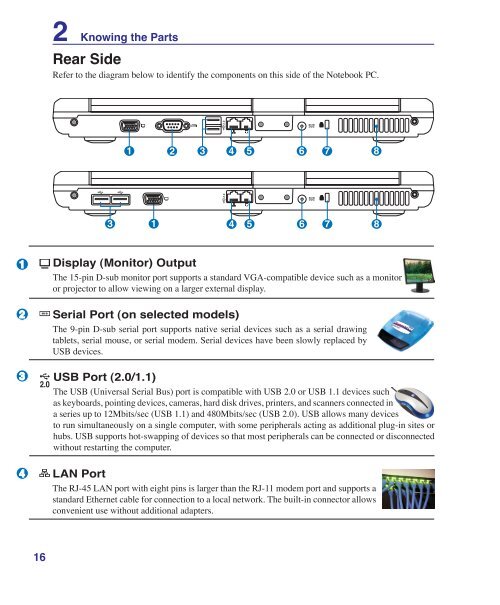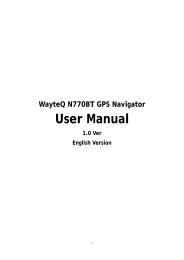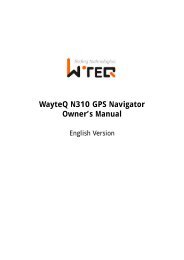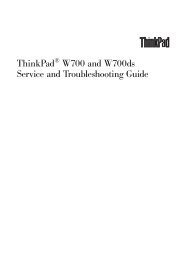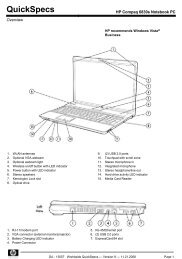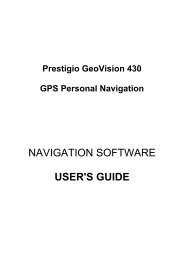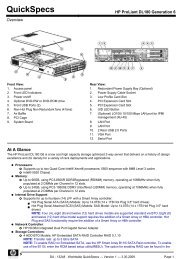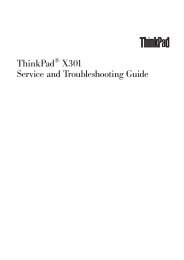You also want an ePaper? Increase the reach of your titles
YUMPU automatically turns print PDFs into web optimized ePapers that Google loves.
1<br />
2<br />
3<br />
4<br />
1<br />
2.0<br />
2 Knowing the Parts<br />
Rear Side<br />
Refer to the diagram below to identify the components on this side of the Notebook PC.<br />
1 2 3 4 5 6 7<br />
3 1<br />
4 5 6 7<br />
Display (Monitor) Output<br />
The 15-pin D-sub monitor port supports a standard VGA-compatible device such as a monitor<br />
or projector to allow viewing on a larger external display.<br />
Serial Port (on selected models)<br />
The 9-pin D-sub serial port supports native serial devices such as a serial drawing<br />
tablets, serial mouse, or serial modem. Serial devices have been slowly replaced by<br />
USB devices.<br />
USB Port (2.0/1.1)<br />
The USB (Universal Serial Bus) port is compatible with USB 2.0 or USB 1.1 devices such<br />
as keyboards, pointing devices, cameras, hard disk drives, printers, and scanners connected in<br />
a series up to 12Mbits/sec (USB 1.1) and 480Mbits/sec (USB 2.0). USB allows many devices<br />
to run simultaneously on a single computer, with some peripherals acting as additional plug-in sites or<br />
hubs. USB supports hot-swapping of devices so that most peripherals can be connected or disconnected<br />
without restarting the computer.<br />
LAN Port<br />
The RJ-45 LAN port with eight pins is larger than the RJ-11 modem port and supports a<br />
standard Ethernet cable for connection to a local network. The built-in connector allows<br />
convenient use without additional adapters.<br />
8<br />
8


